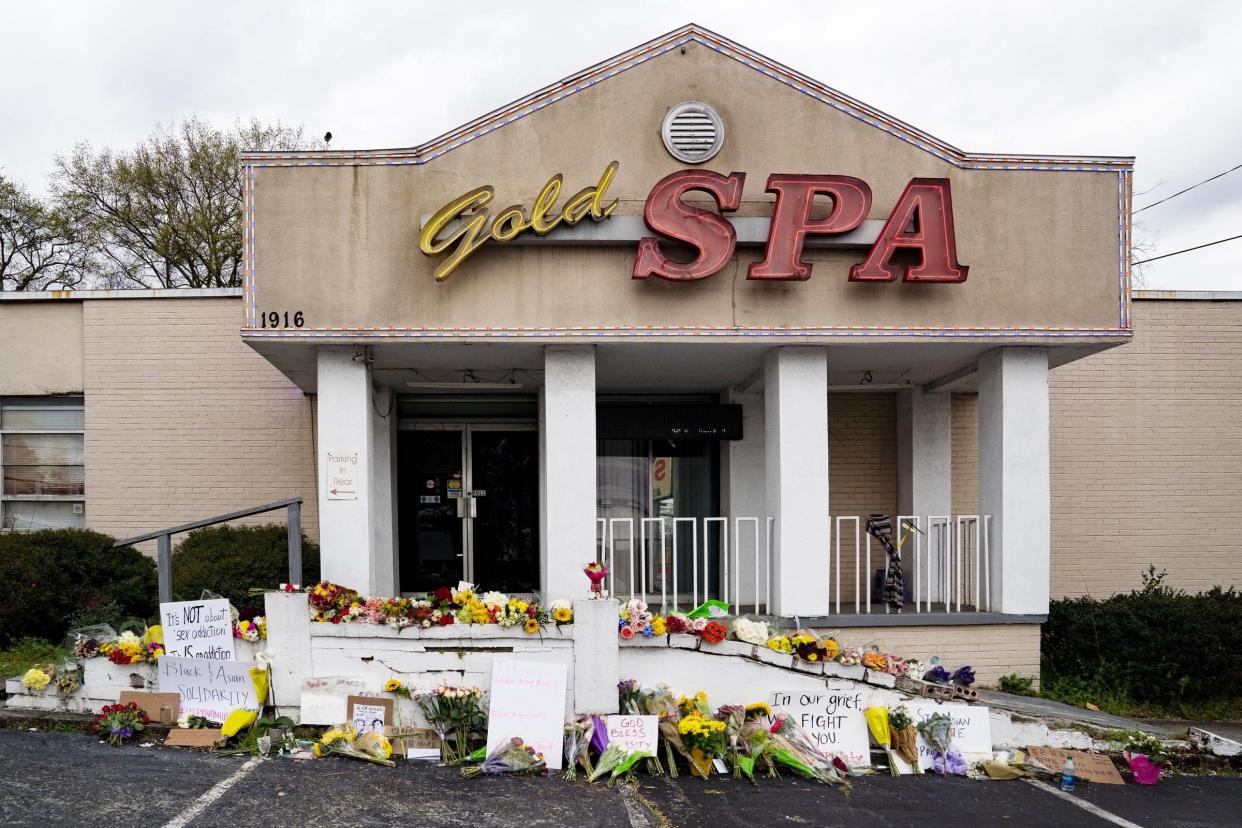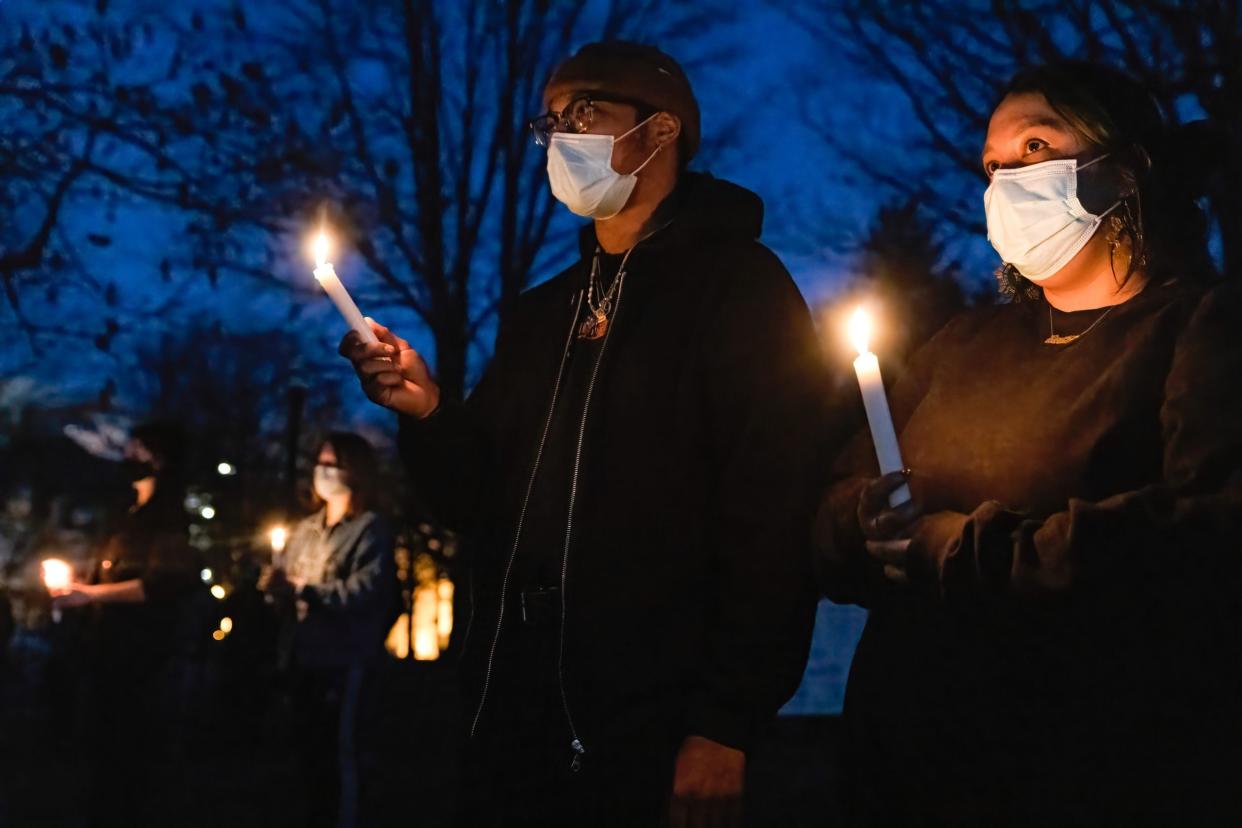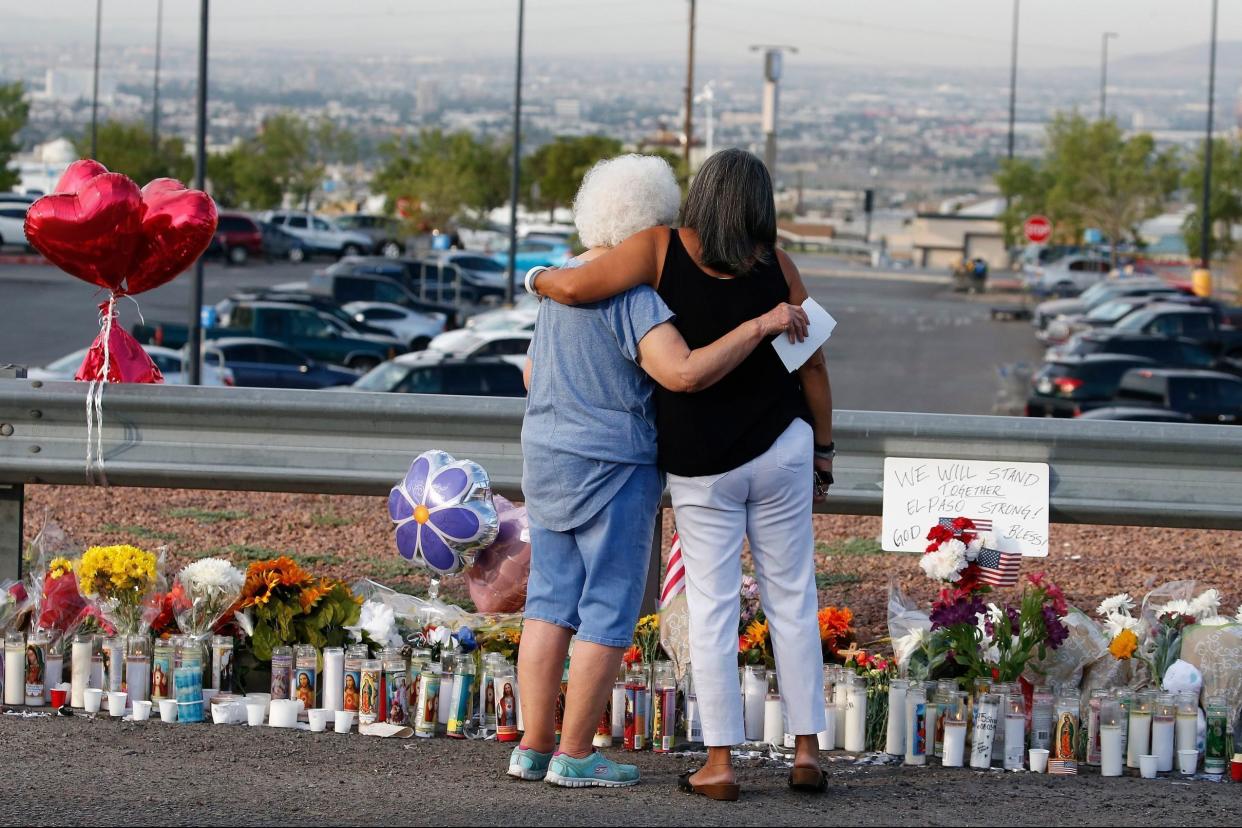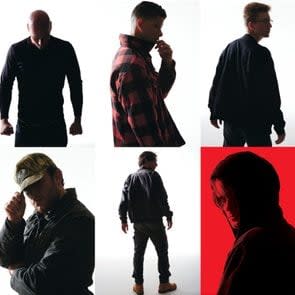11 Undeniable Facts About Mass Shootings in America
After a brief reprieve from mass shootings in public spaces during the COVID-19 pandemic, one week in March 2021 saw seven mass shootings in seven days. It has, once again, gotten to the point where shootings have become such a regular fixture on the news that it has been difficult to stay on top of each new incident. In fact, according to a recent article in the New York Times, there have been at least 29 mass shootings (defined as a shooting incident with four or more fatalities) in the past five years. It has gotten to the point where teachers are trained to try to stop mass shooters.
Of course, it’s no secret that this type of violence is a problem in the United States, but there is no consensus about how to reduce the number of deaths by gun violence. What we do have are facts: statistics and demographics about the mass shootings that have happened in recent history. Here are the most startling facts and figures, along with some input from experts to help us make sense of the data.
Young Americans are more likely to die by gun violence than in other countries
A 2019 report by Democrats on Congress’ Joint Economic Committee found that young Americans between the ages of 15 and 24 are 50 times more likely to die because of gun violence than they would be in any other economically comparable country. Not only that but in 2017 alone, more than 40,000 Americans died of gun-related injuries, 2,500 of which were schoolchildren. In that year, firearms killed more people than motor vehicle accidents for the first time.

Most mass shooters are white men
Mass shooters are overwhelming male. In fact, according to the Rockefeller Institute of Government, men account for 96 percent of mass shooters. Additionally, the organization reported that the average age of perpetrators of mass shootings is 33.4 years old, and a majority (53.9 percent) are white. To get even more specific, most school shooters share these traits.
Gun violence increased during the COVID-19 pandemic in some major cities
While there have been fewer mass shootings since the novel coronavirus took over our lives in spring 2020, that doesn’t mean that gun violence itself is down. In fact, a 2021 article in The American Journal of Emergency Medicine that looked at gun violence in New York City, Chicago, Baltimore, and Atlanta during the pandemic found that the number of shootings increased in these cities during January through April 2020 because of factors including unemployment, increased alcohol consumption, and increased firearm purchases.
Handguns are most commonly used in mass shootings
Between 1982 and 2021, handguns have been the most commonly used weapon in mass shootings, according to Mother Jones. However, assault rifles are being used increasingly more, including in the recent shootings at Marjory Stoneman Douglas High School in Parkland, Florida, in Dayton, Ohio, and Walmart in El Paso, Texas.
The majority of mass shootings happen in workplaces and schools
According to the Rockefeller Institute of Government, 57.3 percent of mass shootings occur in the workplace (29.7 percent) and in schools (27.6 percent). Given their frequency, teachers, parents, and students are mobilizing to prevent school shootings.
Though there is not a specific statistic on the percentage of shootings that happen at places of worship, though they are also a common spot, with recent incidents at a synagogue in Pittsburgh in 2018, a church in Texas in 2018, a historic Black church in South Carolina in 2015, and a Sikh temple in Wisconsin in 2012.

Gun violence costs $229 billion each year in America
This type of violence isn’t only deadly—it’s also expensive. In fact, according to the report by the Joint Economic Committee, it costs $229 billion every year. “The human cost is beyond our ability to comprehend, it is tragic, it is sickening, and it is a crisis,” Congresswoman Carolyn Maloney of New York, the vice-chair of the committee, said in a news conference. “The gun violence needs to stop and we need to make it happen.”
The five deadliest mass shootings have all occurred in the past 15 years
According to Mother Jones, the five mass shootings that have resulted in the largest losses of life have all happened since 2007. But why is that the case? According to Joseph Hoelscher, the managing attorney of Hoelscher Gebbia Ceped PLLC, one of the largest capital (death penalty) litigation firms in Texas, mass shooters aren’t like other criminals who seek to kill a specific person or persons for a limited, specific motive, such as revenge for personal offense or because of gang-related politics.
“Mass shooters want to send a message by creating a body count,” he tells Reader’s Digest. Like anyone, mass shooters can learn from the past so we should expect to see these individuals become more dangerous over time as they learn more about how to achieve their perverse goal.”
Fame and notoriety may be a factor
When a mass shooting occurs, it immediately makes the news. And in some cases, the shooter becomes a well-known figure. “Mass shooters all seem to seek some level of fame in wanting to top the previous shooter,” Sherrie Campbell, PhD, a clinical psychologist and the author of several books, including But It’s Your Family: Cutting Ties with Toxic Family Members shares. “Many of the mass shooters have some level of admiration for the original Columbine shooters and seem to model much of what they do after them.” This is why some news organizations limit the use of a shooter’s name in their news reports. The AP is one such group and while its policy is to “identify suspects identified by law enforcement in major crimes,” in cases where the criminal is seeking publicity, “the AP strives to restrict the mention of the name to the minimum needed…while avoiding descriptions that might serve a criminal’s desire for publicity or self-glorification,” said John Daniszewski, the AP’s vice president and editor-at-large for standards in a 2019 article.
Mass shootings can have a contagion effect
When it comes to mass shootings, the “copycat” effect is real, and these incidents can occur in clusters, NPR reports. “Sometimes the perpetrators are keyed up with anger and resentments and thus some trigger sets them off,” Hamilton explains. “The occurrence of another mass shooting can be that trigger, the idea that someone else exploded and killed many people, making it seem more acceptable.”

Mass shooters frequently have a history of domestic violence
Though the specific motives are often complex and vary, research has indicated that many mass shooters share a history of hating women, assaulting the women in their lives, or being openly misogynistic in online forums, according to the New York Times. “The likely links here are to a desire to control and what feels to them as overwhelming anger, festering resentments, and blaming others for their perceived affronts,” Melissa Hamilton, PhD, a criminologist and former police officer now based at the University of Surrey in England, tells Reader’s Digest.
The link between mental illness and gun violence is complicated
According to a study by the American Psychological Association published in Law and Human Behavior, people with serious mental illness commit only about 3 percent of violent crimes. “When we hear about crimes committed by people with mental illness, they tend to be big headline-making crimes so they get stuck in people’s heads,” lead researcher Jillian Peterson, PhD said in a statement. “The vast majority of people with mental illness are not violent, not criminal, and not dangerous.”
Sources:
The New York Times: “A List of Recent Mass Shootings in the United States”
Joint Economic Committee: “A State-by-State Examination of the Economic Costs of Gun Violence”
Rockefeller Institute of Government: Mass Shooting Factsheet
The American Journal of Emergency Medicine: “Gun violence during COVID-19 pandemic: Paradoxical trends in New York City, Chicago, Los Angeles and Baltimore”
Mother Jones: “US Mass Shootings, 1982-2021: Data From Mother Jones’ Investigation”
Joseph Hoelscher, the managing attorney of Hoelscher Gebbia Ceped PLLC in San Antonio, Texas
AP News: “Should media avoid naming the gunmen in mass shootings?”
NPR: “Mass Shootings Can Be Contagious, Research Shows”
The New York Times: “A Common Trait Among Mass Killers: Hatred Toward Women”
Melissa Hamilton, PhD, a criminologist and former police officer now based at the University of Surrey in England
APA: “Mental Illness Not Usually Linked to Crime, Research Finds”
Most School Shooters Have 4 Things in Common
How to Stop the Next Mass Shooter
This Teacher Saved Students from an Active Shooter
The post 11 Undeniable Facts About Mass Shootings in America appeared first on Reader's Digest.



